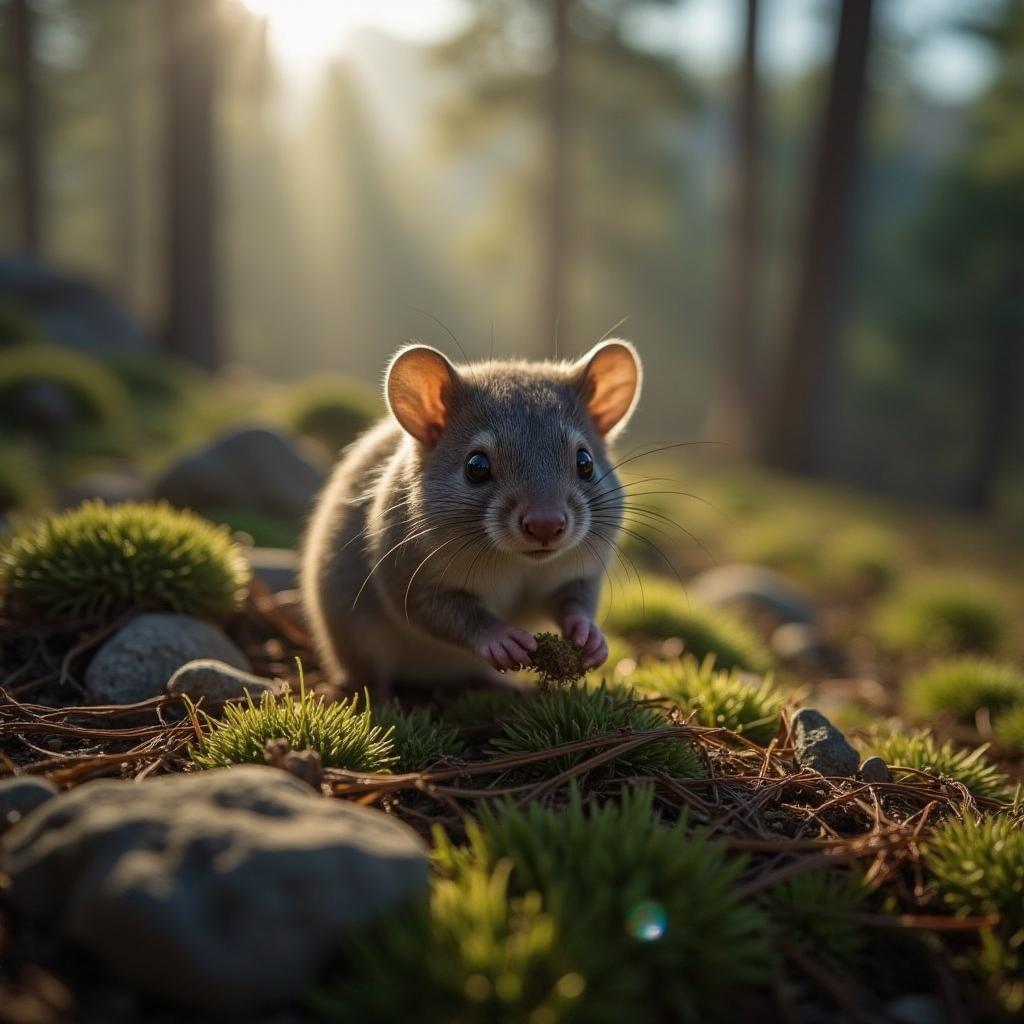
In a groundbreaking discovery, the elusive Mount Lyell shrew—a tiny, hard-to-spot mammal—has finally been captured on camera alive for the very first time. This little creature, with its long snout and bug-eyed gaze, had managed to dodge photographers for decades, making it the only known mammal in California to never have its picture taken. But that all changed this October, thanks to a determined team of wildlife enthusiasts.
Led by recently graduated photographer Vishal Subramanyan and student scientists Prakrit Jain and Harper Forbes, the team ventured into California’s eastern Sierra Nevada mountains. Their mission? To find and photograph the Mount Lyell shrew in its natural habitat. And they didn’t just succeed once—they managed to snap photos of six live shrews!
“We caught the first one within two hours,” Subramanyan shared. “It shows that these creatures aren’t impossible to find—they’ve just been overlooked.”
The team set up over 100 pitfall traps—small holes in the ground designed to catch shrews as they scurry by. They monitored the traps around the clock, sleeping in short shifts to ensure the animals’ safety. Shrews have an incredibly fast metabolism, meaning they can’t go long without food, so the team worked quickly to photograph and release them.
But handling these tiny mammals wasn’t exactly easy. “They’re feisty little things,” Forbes explained. “They bite, they’re venomous, and they even chewed through the plastic bags we used to weigh them. But it was all worth it.”
The team’s efforts paid off in more ways than one. They not only photographed the Mount Lyell shrew but also observed their quirky behaviors, like stashing food and taking quick micronaps. And by sharing these photos, they hope to raise awareness about the shrew’s plight.
Mount Lyell shrews are under serious threat from climate change. Researchers warn that up to 90% of their cold, high-altitude habitat could disappear as temperatures rise. “Without public awareness, this species could vanish unnoticed,” Subramanyan said.
This historic photo might just be the first step in saving a species most of us didn’t even know existed.
